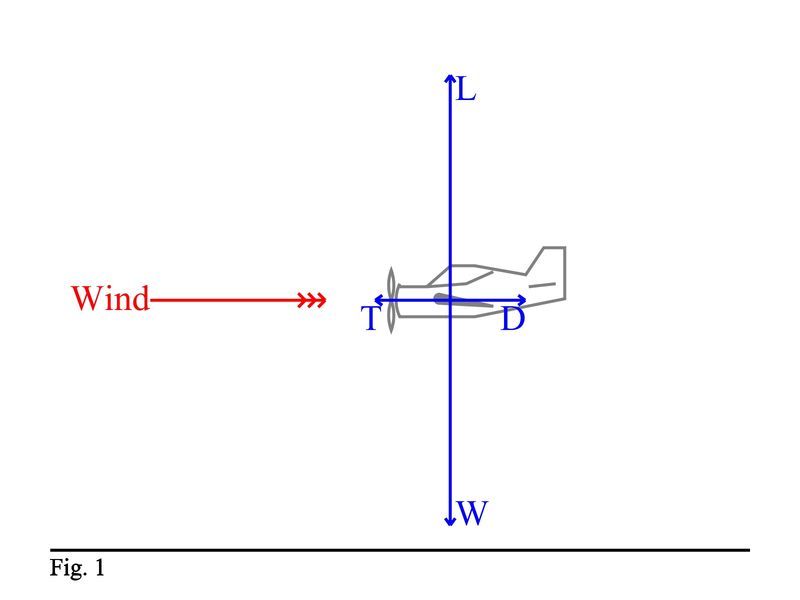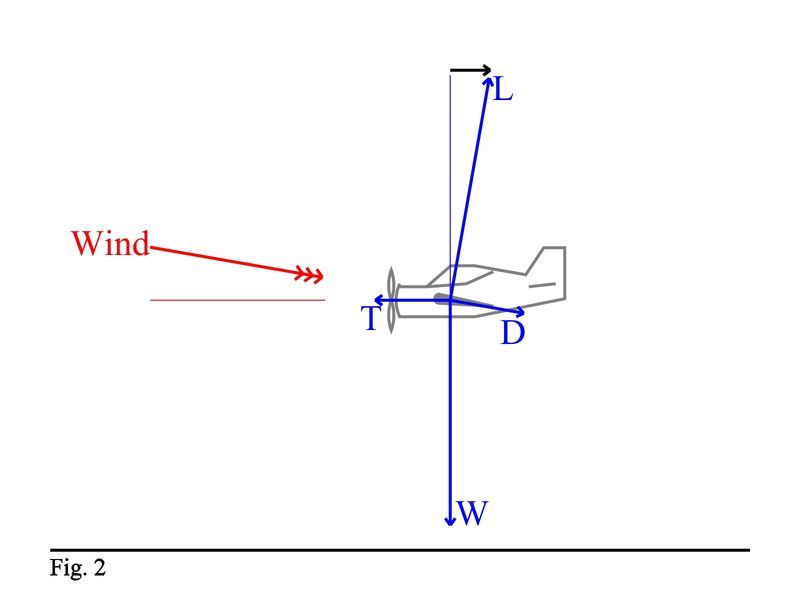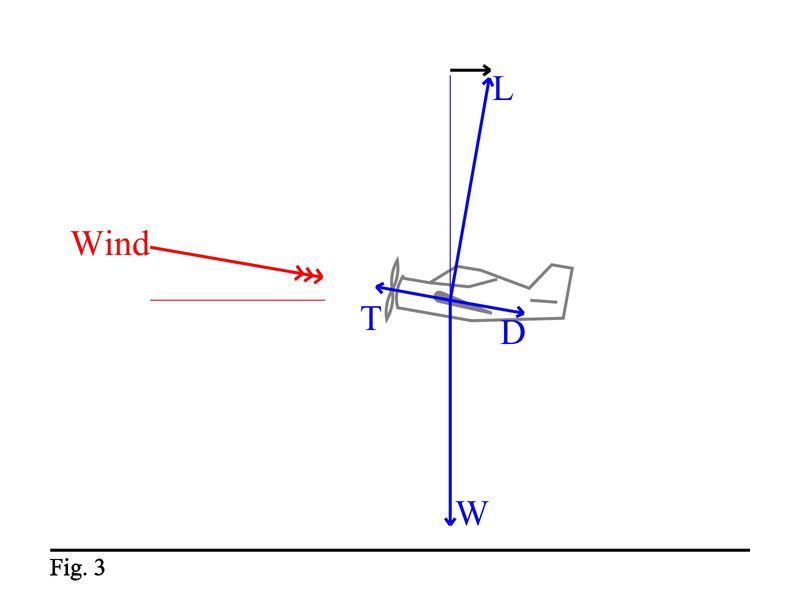To answer the question: 1) A/P in use at say 6000ft 2) Altutude hold set 3) Engineer checked a few times and no faults found 4) No indicated variations in engine speed or MP or fuel flow 5) Reduction in IAS is over a few second and there is no "feeling" this. 6) Happens at random and does not seem to be weather / environment related
It must be either
Thanks for the answers, I will discuss again with my engineer for further investigation.
You should calibrate your ASI ...
Calibrated after installing new engine, IIRC in March because we have to do that every two years according to EASA paperwork. However, I've already checked it using your method and it has been consistent. I'll do what you suggest one of following days - unfortunatelly I can't do that at 3000 ft today or tomorrow because of the overcast - I must fly SID on departure and climb to 8000, maybe during the weekend 3000 ft will be VFR.
GPS GS should track the IAS, on a short term basis.
That's what I meant with "verify" :)
Re: 10kt speed drop.
If we eliminate instrument error because the GPS agrees with the ASI, then the speed drop must be real.
Dropping 10kts over "a few seconds", e.g. 10s is a deceleration of about 0.5m/sec/sec which requires a force of roughly 5% of aircraft weight.
Depending on the cruising L/D ratio, Prop Thrust and Drag might be about 15% of aircraft weight.
The speed change is not really big enough to change Drag significantly,
and if your engine dropped its power output by a third I assume you would notice.
A 1/20 climb gradient, (e.g. 500-700fpm) could also do it, as 5% of Weight would be pulling you back, but I assume you would notice the 100ft or so height excursion.
So we are only left with Lift, and as Lift=Weight, we are looking for 5% of Lift.
I have appended three Lift-Weight-Thrust-Drag diagrams, Figs 1-3. The aircraft is flying level (as in constant altitude) in all three. I have exaggerated the down-draught angle, but let's say it is 1/20, i.e. 3 degrees.
Fig 1 is the classic diagram.
Fig 2 shows how a down-draught will "rotate" Lift and Drag (by definition their directions are defined by the wind). 5% of Lift (i.e. 5% of aircraft weight) is decelerating the aircraft. This diagram is wrong though because the wing angle of attack is much smaller than before.
Fig 3 shows the correct diagram for level flying in a down-draught.
The aircraft is pitched up to maintain AoA.
To all intents and purposes you are climbing, it's just the altitude isn't changing.
But of course you are climbing through the air, which is the key point.
You don't need mountains to get this effect. Even the dinky "mountains" near Redhill will do it. Hand flying, if you hold altitude in a down-draught without feeding in more power, you will need more and more backwards yoke as you slow, and then of course mental alarm bells start to ring. I imagine auto-pilot altitude-hold masks this.



Some very interesting comments and I will follow up. However having read on another post the problems with Champion spark plugs, could these be a factor? the engine is a Continental IO360 and I have to say that until I read the piece about them I had no idea. I wonder how many maintenance organisations are aware. Will the effect of the faulty plugs be as noticeable in a normally aspirated engine?
However having read on another post the problems with Champion spark plugs, could these be a factor?
One would think that there is no way spark plugs could cause a transient loss of power, without it showing up as a transient variation in EGT.
At a constant RPM and IAS, the airflow into the engine will be constant and the fuel flow is determined by the airflow - regardless of whether the engine is burning the stuff or not. So these may not tell you anything.
But plugs which are bad enough to affect performance should IMHO affect the EGT in a very obvious way, if the variation is transient.
BW,
Enjoyed that post.
P,
Re CofG the further rearward less downward lift is required to be in balance and therefore the wing has to deliver less lift to keep one's jallopy flying along and the excess power is used to motor along faster rather than being afloat.
That is also one of the reasons why a tailwheel version aeroplane will go faster than its tri gear equivalent.
maybe during the weekend 3000 ft will be VFR
Unfortunatelly it wasn't, so weekend flying was IFR and I recorded performance only at F110: - peak EGT 2300/19.5 (full throttle) 9 gal/h 115 KIAS - best power 2300/19.5 (full throttle) 10.5 gal/h 120 KIAS
To convert to TAS I would need the temperature also.
At ISA i.e. -7C (unlikely for Croatia right now) I make that 136 TAS which is in the right ballpark. At say 0C it would be another 2kt or so.
To be doing close to 140 TAS on a genuine 9.0 USG/hr is very good going! Assuming say 6USG is burnt in the climb, 86 usable, that gives you a zero-fuel range of ~1300 NM which is, hey, just about all of Europe 
I have seen 1350nm showing as the fuel range on the GPS, from the top of the climb, in very light winds, so we are similar.
Temp was -4